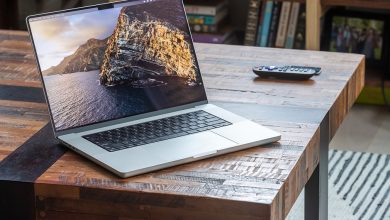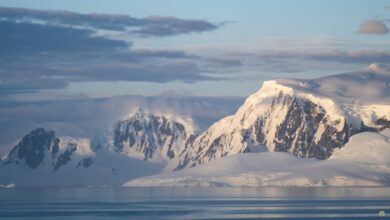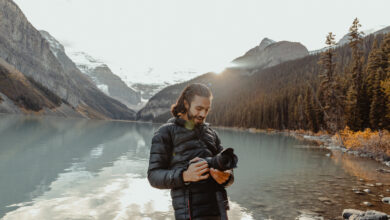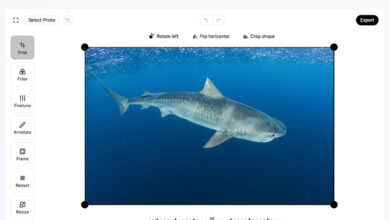How to find new pixels
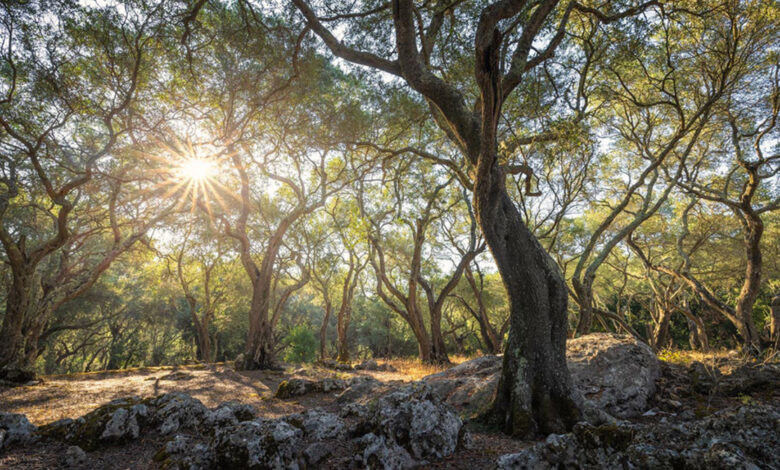
While browsing through different photo sharing platforms, you may get the impression that everything has been photographed. After all, millions of photos are uploaded to Instagram every day. But if you take a closer look, you’ll see a lot of repetition. Many photos are taken in the same place, the composition is the same, the lighting and editing are often the same. Even today, you can still discover new photo spots. In this article, I show you my favorite way to do so.
There’s nothing wrong with visiting popular photography locations. When I travel to a new place, I start with those things as well. I can research in advance for the best angles and times to visit, sun direction, and other relevant factors to take a good photo. Because there was less scouting when I arrived, I was able to be productive from day one.
But photographing those places can get boring, and it’s not easy to take outstanding photos. For it, I need special light and weather. At Giant’s Causeway in Northern Ireland, this worked for me. But to be honest, I don’t come across such condition in my photography trips often. In order to still produce portfolio-worthy photos, I take the time to learn and explore new photography spots.
Find new pixels
First, let me define what I call a new photography location: it’s a place where I can’t find any photos or only have a few photos taken online. If a place has a hashtag on Instagram, it definitely doesn’t fall into this category.
So how can you find such places? If you like topographic maps, you can start from there and look for lookout points that offer stunning views. Or, you can take a virtual flight through Google Earth. You can cover a lot of ground that way. Along with apps like PeakFinder, it works well for mountainous areas. As for the coasts, it’s better to zoom in on satellite imagery in Google Maps to spot hidden coves, beaches, and islets that might have photographic potential.
But the research is just the first step. Going into the unknown with a heavy camera package to capture sunrise or sunset, not knowing if there’s a whole picture to take, is not a good idea. Time in the trip is limited and great light is rare. To make your photo sessions worthwhile, finding the locations you want to photograph is essential. And for distant pixels, it often requires covering longer distances by walking.
Scout run
Two years ago, I learned about Heart rate training zone 2. As a runner, I decided to give it a try. At first, I didn’t even think about how it could assist in my landscape photography other than keeping me fit. The intensity of this type of endurance training is quite low, allowing me to cover distances of 10 km or more without fatigue. I can finish such a run in the morning and then still hike to a photo spot in the evening.
Now, how can this help our photography? I found this training to be ideal for spotting and finding new photo spots. My pace while running was slow and allowed me to observe my surroundings, and the distance I traveled was long enough to reach the points of interest I identified during my research. The only thing I need is a cell phone and a bottle of water to run longer.
Modern mobile phones have wide angle lenses. It makes them ideal for finding works. I also use PhotoPills with it View method. There, I was able to test how different focal lengths would capture the scene. With this knowledge, I can decide which lens to bring when taking pictures. This can be quite useful if for example the shooting location is in the mountains.
To make it work during travels, I stay at each place I visit for a few days before moving on. After that, I have time for a few scans, and if I find something worth photographing, I can come back when the light is right.
That’s how I found this grove of olive trees on Corfu a few days ago. I’m running to a cove that I discovered on Google Maps. Halfway through, I came across this grove. While Corfu is full of beautiful olive trees, finding a photogenic forest is difficult. Often there is too much clutter or the trees don’t have such interesting shapes.
When I find such areas, I usually pause my run, take out my cell phone, and start looking for works. I evaluate the photographic potential of the scene to determine if it makes sense to go back to my camera gear. For this woodland, that was the case, so I quickly marked it on Google Maps with a star.
While not every run is successful when it comes to scouting, I see such places quite often. And you can do it too. If you’re already a runner, start combining your training with position detection if you haven’t already. And if you’re not already a runner, this combination can motivate you to start running. If you don’t want to run, try brisk walking.
Save time
Those scouting runs aren’t just ideal for finding new locations. They can also help save valuable time. As I wrote, I don’t just visit famous photo spots during my travels. I also visited lesser known places that I found during my research. The cove I was heading to when I came across the olive grove is one such place. I’ve seen a few snapshots of it online and the satellite images look interesting. But without seeing it with my own eyes, I’m not sure if it provides any interesting work – it doesn’t.
If you go directly to such places to watch sunrise or sunset without doing your research first and then fail to find the photographic potential, you have wasted time that you could have used to photograph a place. difference. Yes, being in nature is never a waste of time. But if you are a photographer who has to make a living from the photos you take during your travels, then yes.
It doesn’t mean you should never go out with your device. Sometimes, there isn’t enough time to scout. If you have to decide between not venturing out and taking a chance with an unknown location, get started.
One example is that I went hiking in the mountains of Crete a few weeks ago. I didn’t plan to take pictures that day due to strong winds and thunderstorms forecast. In the end, there were no thunderstorms, just the wind and the clouds moving quickly. So I took off into the mountains, where I hadn’t scouted yet. It was a gamble, but I was rewarded with lots of subjects and great lighting at sunset. If I had a scouting position up my sleeve that day, I would have gone there instead. But without it, surely taking the opportunity is a right choice.
Don’t lose the fun
I love running, and combining it with scouting comes naturally to me, but it may not be for you. To be successful with photography, I think it’s important to enjoy it. And the same goes for scouting. If it turns out to be a chore, because you hate running, chances are, you won’t get into exploration mode and won’t find photogenic objects along the way.
If you’ve never tried running, I would still give it a try. Maybe you will like it. And if not, as I wrote above, try a brisk walk. If you are a landscape photographer, I think hiking and being in nature is something you enjoy. And even if you’re not running, leaving your heavy camera gear behind during a scouting climb can make you more productive and you can cover more ground. You might miss a shot if the light suddenly turns nice during such a hike, so you have to decide if the extra speed is worth it. With a scouting run, it’s definitely for me.
